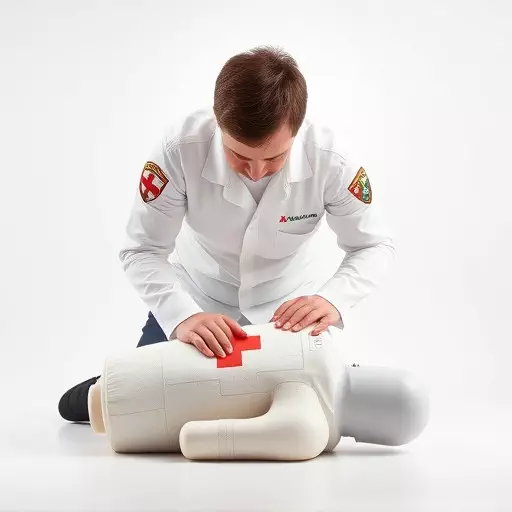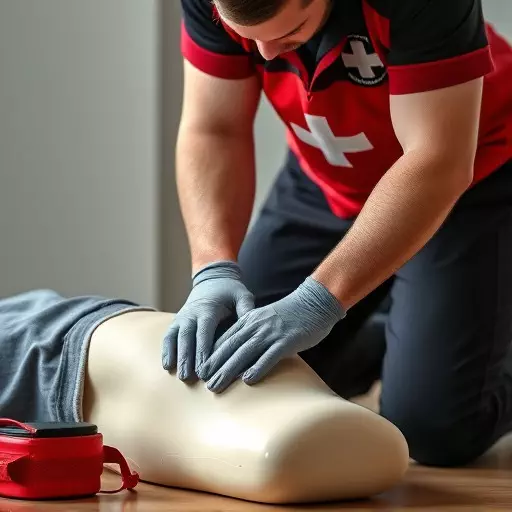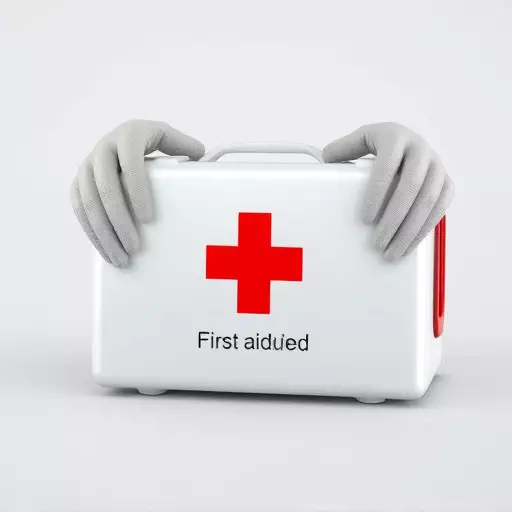Healthcare professionals integrating first aid and CPR training with regular basic life support updates are better equipped to handle diverse medical emergencies. This ensures adherence to first aid certification requirements and maintains professional standards, ultimately enhancing patient safety by empowering them to save lives confidently.
In today’s digital era, equipping healthcare professionals with robust first aid and CPR training is more crucial than ever. This article explores the significance of basic life support (BLS) training for healthcare workers, highlighting its role in saving lives and meeting certification requirements. We’ll delve into the benefits of regular updates, practical tips for effective implementation, and the impact on patient outcomes, ensuring you’re prepared to navigate unexpected emergencies.

For healthcare professionals, integrating comprehensive first aid and CPR training into their skill set is not just beneficial—it’s crucial. This basic life support training equips them with the knowledge and confidence to respond effectively in emergency situations where every second counts. The ability to perform cardiopulmonary resuscitation (CPR) can significantly improve outcomes for patients experiencing cardiac arrest or other life-threatening conditions. Healthcare providers, whether in hospitals, clinics, or other care settings, are often the first line of response, and their preparedness makes a tangible difference.
Meeting first aid certification requirements is essential for maintaining professional standards and ensuring patient safety. These certifications validate that healthcare workers have acquired the necessary skills and knowledge to manage diverse medical emergencies, including respiratory distress, choking incidents, and severe bleeding. Regular updates and refresher courses are vital to staying current with best practices, new research findings, and advancements in life-saving techniques. By prioritizing first aid and CPR training, healthcare professionals not only protect their patients but also contribute to a safer, more resilient healthcare ecosystem.


